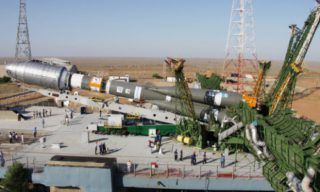In early July, namely 5 July, the Earth will be at the farthest distance from the Sun. In the language of scientists – in aphelia: the distance to the luminary is 152 093 251 km, and the apparent diameter of the Sun is the smallest in the year (31 angular minutes and 31 angular seconds).
As the Moscow Planetarium says, there is a high probability of the appearance of silvery clouds in the twilight sky all month long. Such clouds are the highest cloud formations in the Earth’s atmosphere, appearing at altitudes of 70-95 kilometres. They are also called polar mesospheric clouds or night glowing clouds. The spectacle is picturesque not only from the Earth: our cosmonauts take stunning pictures from the ISS.
According to astronomers, in July it is possible to observe the Sun with great efficiency: both spots and other formations. Why? It is one of the most favourable periods of the year for observation. And not only in a telescope or binoculars but also with the naked eye. Of course in case of observing all safety rules.
What planets can be seen in the July sky? After midnight: Saturn in Aquarius, Uranus in Taurus, Neptune in Pisces. In the morning: Mars in Aries and Taurus, Jupiter in Taurus.
But Venus, it turns out, is not visible. Experts of the Moscow Planetarium explain: in July, Venus passes in the evening sky very close to the Sun, hiding in its rays low on the north-western horizon.
And from 12 July to 31 August, planetarians will see the meteor shower Southern Delta Aquarids. Its peak will be on the night of the 31st of July: up to 25 meteors per hour are expected.



















